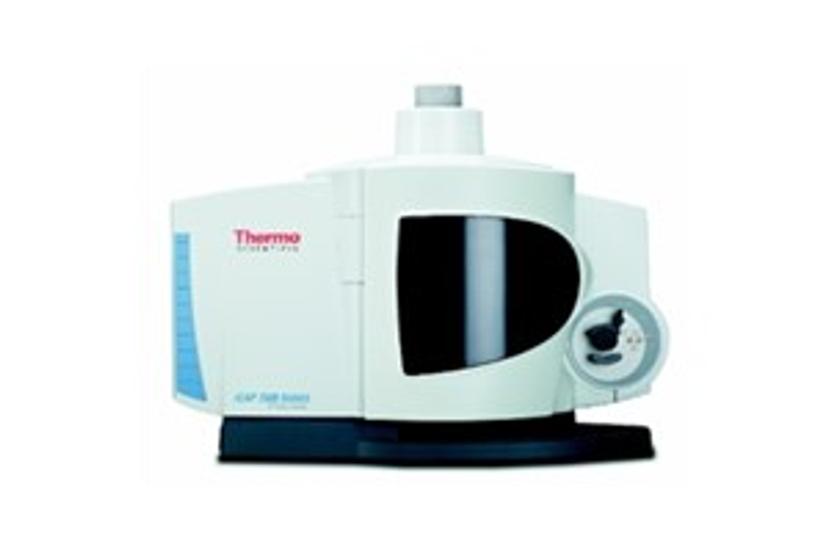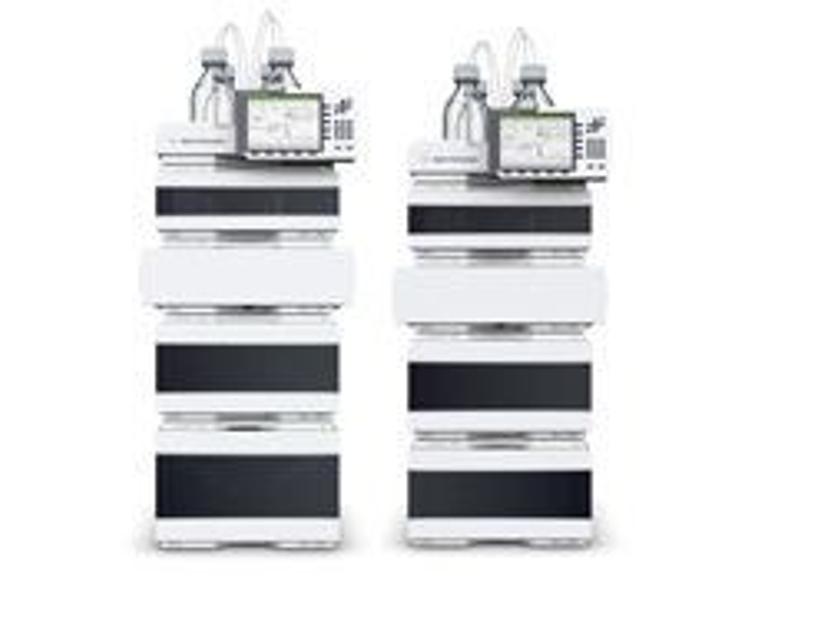7 Ways to Improve Your ADME-Toxicology Methods
6 Jul 2014
The pharmaceutical industry is always trying to find new ways to more efficiently get their small molecule products and biopharmaceuticals to market. To achieve this they must test their products for impurities and analytical compliance through stringent regulatory requirements. This article details seven different ways in which technology has been used in an ADME-toxicology laboratory.

Analysis of Elemental Impurities in Drug Products Using the Thermo Scientific iCAP 7600 ICP-OES Duo
A demonstration of analytical compliance with the stringent requirements imposed by regulatory bodies such as the United States Food and Drug Administration (FDA) using the Thermo ScientificTM iCAPTM 7600 ICP-OES Duo and Thermo ScientificTM QtegraTM Intelligent Scientific Data SolutionTM.

Screening and Identification of Potential Genotoxic Degradation Impurities using Q-TOF LC/MS with Advanced Software Solutions
Pharmaceutical manufacturers are required to monitor and identify genotoxic impurities at low levels. It is standard practice to study the stability profile of a drug substance under predetermined stress conditions. Oxidative degradation of some drugs during handling or storage can lead to the formation of genotoxic impurities. This application not describes a quick and reliable software-assisted solution for screening and identifying trace-level potential genotoxic epoxide degradants from atorvastatin using MS/MS data. The method demonstrates mass-based fraction collection of a genotoxic impurity for further characterization.
The Use of Radiolabelled Compounds In The Investigation of Metabolism and Drug-Drug Interactions In Vitro
The investigation of the metabolic characteristics of a drug candidate using in vitro methods provides much valuable information and through human in vitro in vivo extrapolation (IVIVE) allows the prediction of the drug’s metabolic behaviour and effect on other drugs in patients once administered clinically. The quality and hence utility of the data that are obtained from several in vitro studies is typically greatly enhanced by the use of a radiolabelled compound. Hence the initial financial outlay required to synthesise a radiolabelled analogue of the drug candidate should be seen as a judicious investment. The advantages that the use of a radiolabelled form of the drug candidate brings are considered in this publication.
IRDye®- Infrared Dye Reagents for Click Chemistry
Watch this short presentation to discover LI-COR’s Click Chemistry reagents for copper-catalyzed and copper-free methods. One group of products within this portfolio include IRDye® infrared dyes labeled with dibenzocyclooctyne groups (DBCO), which can be used for copper-free biomolecule based methods. The DBCO groups allow copper-free Click Chemistry in live cells, whole organisms, and non-living samples.

Metabolic Phenotyping: New Tool for Drug Response Prediction and Personalized Medicine
This poster illustrates how metabolic phenotyping could support diagnosis and disease prediction as well as the prognosis of the potential of a certain therapy by two examples from Alzheimer´s disease research. A method is presented that utilizes a mass spectrometry platform (FIA-, LC-MS/MS, GC-MS) and the AbsoluteIDQ p180 Kit to analyze several hundred metabolites of different classes in small sample volumes of blood, tissue or cell culture supernatants.

Separation of Diastereomeric Chiral Metabolites Using UPC2 MS/MS
This application note presents a method combining UPC2 and tandem quadrupole mass spectrometry provides for fast, high resolution separations of chiral compounds in the DMPK laboratory.

easyPunch STARlet: Increasing Throughput and Lowering Sample Volume in DMPK Studies by Automating Whatman® FTA™ DMPK DBS Card Processing
This application note describes how Hamilton´s easyPunch STARlet is used for punching and pipetting, allowing for reliable dried blood spot (DBS) FTA™ DMPK card processing. An integrated system for detecting and analyzing the DBS to preparation of samples ready for LC/MS analysis.
